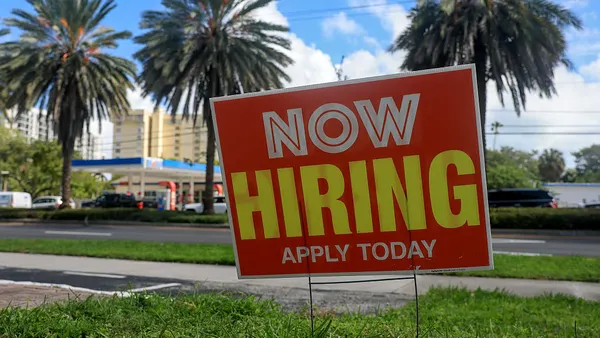Companies struggling to improve their diversity, equity and inclusion (DEI) might stand to gain by looking to their CIOs, and their familiarity with engineering's problem-solving obsession, for a solution.
The feedback from employees is clear: most organizations miss the mark when it comes to embracing DEI as a business function. That contrast is evidenced by the gender and race makeup of the IT workforce, a gap that persists all the way up to the C-suite.
But tech leadership has a number of tools at their disposal to influence how companies act on diversity, a panel of technologists said Tuesday, during the virtual Gartner IT Symposium/Xpo.
"I'm a firm believer that there's no problem that can't be solved by making sure you have the right input and you have the right process to get to the right outcome," said Hans Brown, Global head of enterprise innovation and CIO for corporate technology at BNY Mellon. Taking the engineering perspective, and applying it to diversity challenges in the organization, means starting at the input of talent.
Companies must ensure that "the slate of people that we source talent into the organization, we're making that funnel as wide as possible," Brown said. BNY Mellon connects with trade organizations and historically black colleges and universities (HBCUs) as part of their approach to workforce diversification.
DEI practices aimed at widening the net of talent also address a growing problem for organizations: the shortage of IT employees. Companies can tap into wider talent pools by putting in place training and upskilling opportunities.
Once the funnel opens up, the next step is to ensure there are DEI best practices involved in the hiring process as well.
"Diverse panels bring in greater diversity," said Brown.
Partnerships to break status quo
If current gender and race gaps in the IT workforce are a result of the status quo, then actionable tactics to address the problem must think outside the box.
"We see CIOs building partnerships with their community colleges and high schools, to be able to give people opportunities that typically they wouldn't be able to do on their own," said Lucia Soares, managing director and global investment resources CIO at Carlyle.
Soares, also a board member of the Hispanic IT Executive Council (HITEC), says the group's partnership with the San Jose City College is an example of how to connect a diverse future workforce with careers in technology.
Many students from economically disadvantaged backgrounds "don't even know what the opportunities are around technology," said Soares.
Tech leaders can advocate for how seriously companies address their DEI woes. If the commitment is sincere, company structure should reflect it, said Macario Gallegos, SVP of IT and CIO, Seminole Hard Rock Support Services.
DEI "needs to be part of every organization, no different than a finance organization, an IT organization, a marketing organization and human resources. I think it needs to be an organization within all companies," Gallegos said.
But the cycle of review on DEI policies, much like engineers review code, ought to be ongoing, Brown said. "We need to [be] continuously looking at the process as it's running, to figure out how can we make this thing that's running well run even better."













